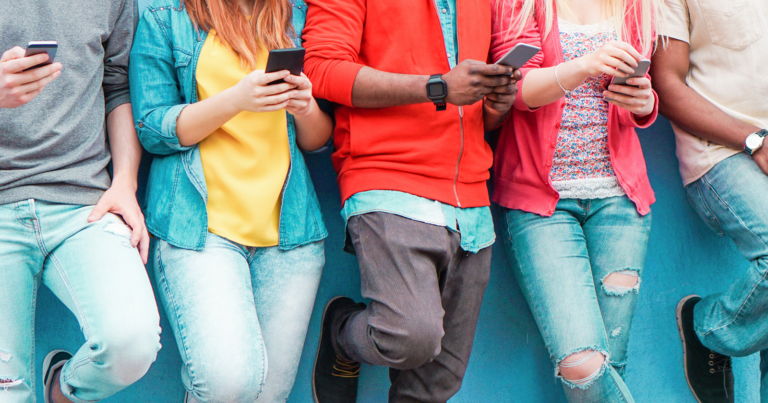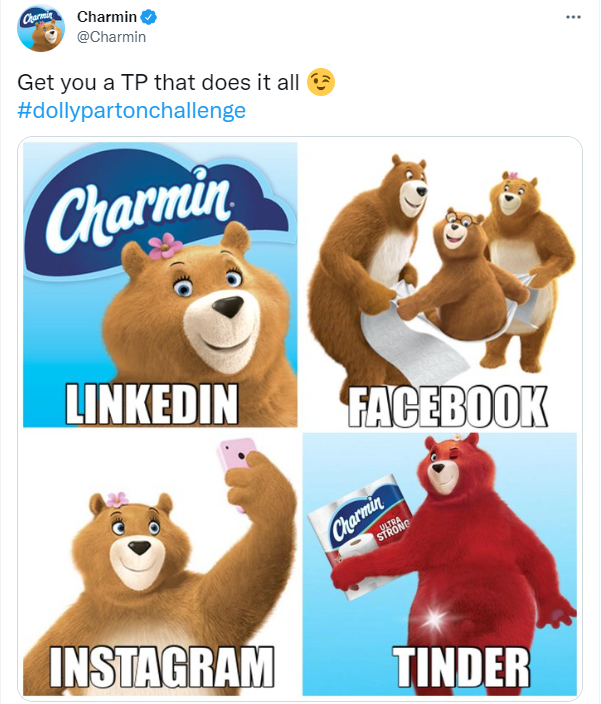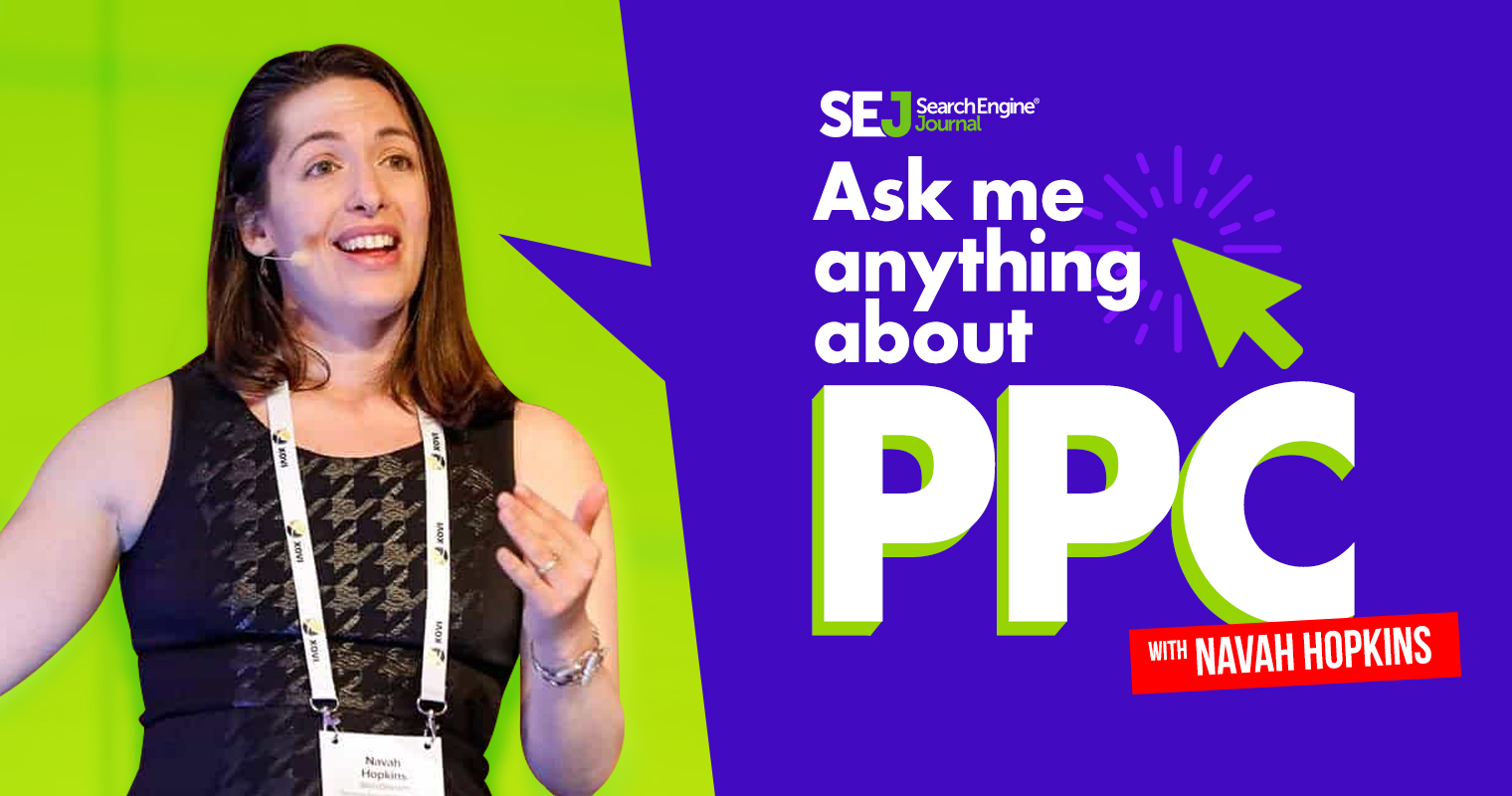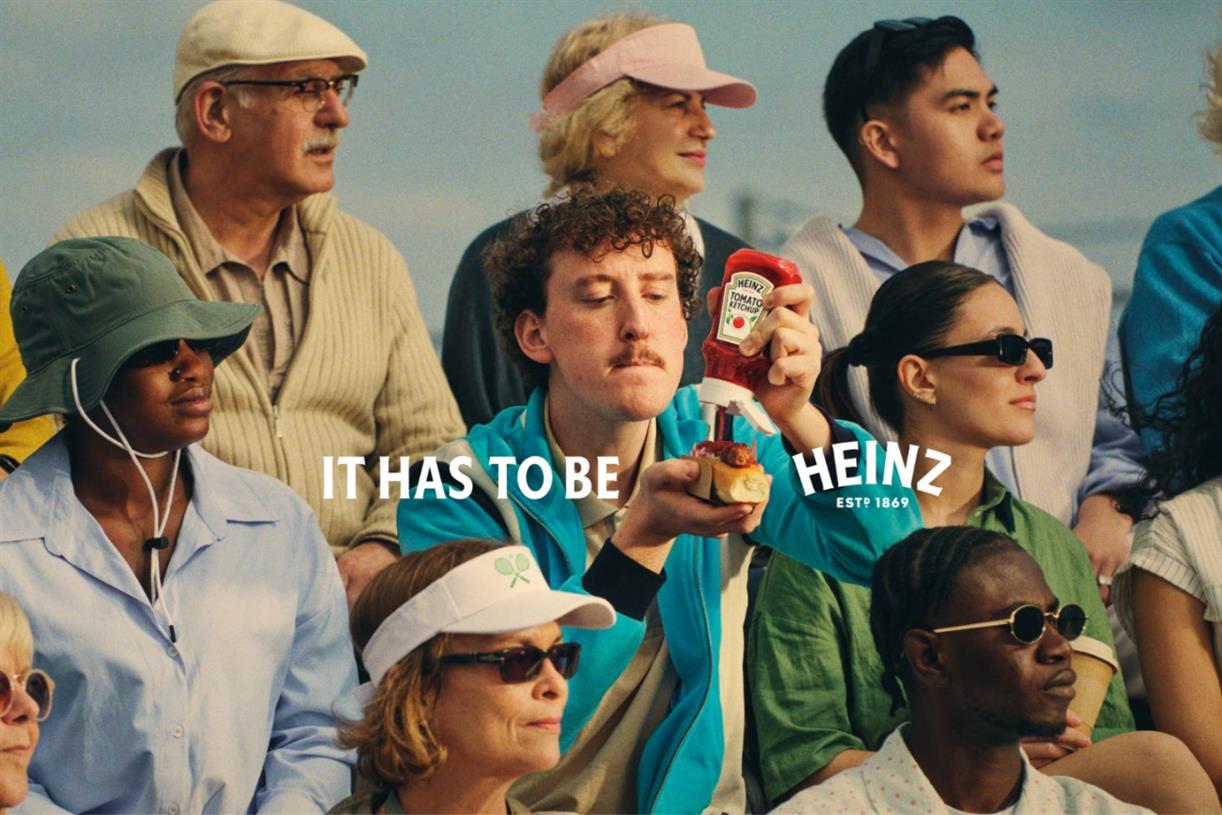Meta Lists 6 Culture Codes For Advertisers via @sejournal, @brookeosmundson
Learn how brands can benefit and stay relatable to users through adapting to the current culture codes identified by Facebook parent company Meta. The post Meta Lists 6 Culture Codes For Advertisers appeared first on Search Engine Journal.

Meta recently shared an analysis of how professionally produced content performs compared to “everyday life” content.
The data suggests that lo-fi content is a major contributor to ad recall and content views for brands.
Why are we seeing this culture change now?
Meta suggests that it can be due to the availability of smartphones, giving us a potentially limitless audience.
Another theory is the need for brands to share content more rapidly and frequently. Our attention spans are limited, after all!
Additionally, the social media culture today has shifted dramatically. More and more users are celebrating “real-life” moments and stories. They don’t want to see perfection and polish from brands.
In fact, a study from YPulse found that 79% of users are “tired of seeing perfect images in advertising.”
Let’s dive into the six culture codes Meta has shared that brands can benefit from.
#1: Real People Telling Real Stories
As mentioned above, users are sick of seeing perfection in ads. The imagery does not match the reality that most of us live in our everyday lives.
Brands that showcase their own employees or real-life customers can provide credibility; more importantly – relatability with your audience.
By having someone else tell the story, it brings more authenticity to their experience with the brand.
#2: Using Language Of The Platform
When saying that brands can benefit from using the language of the social platform, that does not mean language in a literal sense (English, Spanish, etc.)
It means that brands adopt and post recognized behavior across the platforms. Examples of this could be:
Creating your own rendition of a viral dance or routine Utilizing popular transition effects or voiceovers in videosThe reason language culture is so important has to do with reliability to the user.
#3: Establishing Relationships With Creators and Influencers For Credibility
In Meta’s research, they cited that 63% of adults 18-34 trust a creator’s point of view of a brand.
Further, these people trust creators more than the brand itself.
A reason that brands can benefit from creator relationships has to do with context.
Many times, creators have a way of telling a story about a product or brand in a way that brands can’t.
This helps make your brand look more authentic. You’re asking customers to take the word of other customers – not yours.
Utilizing an outside source such as a creator or influencer helps build credibility for you and them.
Take this example of Cerebral, an online mental health company. Cerebral has partnered with Simone Biles, former US Olympics medalist, to advocate for mental health.
 Image credit: Facebook.com, screenshot taken by author, May 2022
Image credit: Facebook.com, screenshot taken by author, May 2022
This ad helps normalize the conversation about mental health by using an influencer. Anybody can struggle with mental health, celebrities, and athletes alike.
#4: Taking Users Behind The Scenes
This culture code Meta talks about is in direct correlation with the study from YPulse, mentioned earlier.
Users are tired of seeing perfectly buttoned-up images and depictions of an unrealistic lifestyle.
Perfectly polished imagery and videos may seem unauthentic to some users.
By taking users “behind the scenes” in some way helps them relate to you more. Whether that’s a “day in the life of” post with different departments, start-ups and founders, showcasing what you’re working on can go a long way.
You’re showing them what it takes to make perfect (or imperfect) content. It’s a lot more effort than they think!
#5: Using Lo-Fi Editing Techniques
Brands who use lo-fi editing and production tools have an advantage with the modern consumer. These types of tools help portray a more handcrafted image, rather than a polished, airbrushed look.
This also helps from a relatability standpoint because users do not want to see perfection.
If lo-fi editing is new to you, some brands offer specialty classes on how to use lo-fi techniques and tools.
#6: Using Humor To Break Down Boundaries
Brands using humor in their content are more relatable to audiences.
Humor can help dissolve a perceived rigidness for brands and the need to be perfect.
An example of a brand using humor in their content is Charmin. They partook in the #DollyPartonChallenge that was going viral and made it relatable to not only their brand, but to their users.
 Image credit: Twitter.com, screenshot taken by author, May 2022
Image credit: Twitter.com, screenshot taken by author, May 2022
As a general reminder, if you’re going to use humor, there’s always a chance it can backfire inadvertently. Take this Chase Bank example:
 Image credit: contentworks.agency
Image credit: contentworks.agency
If you’re going to use ads, be sure to read your user base ahead of time and map out any potential negative reactions. It’s always a good idea to have a customer service plan in case things go awry.
Summary
The culture of social media is always changing. It can be argued that the culture community has shifted drastically due to the pandemic.
By keeping up to date on the social norms and culture codes of today’s society, your brand has a better chance of staying relatable with your users.
Featured Image: DisobeyArt/Shutterstock

 Koichiko
Koichiko 































